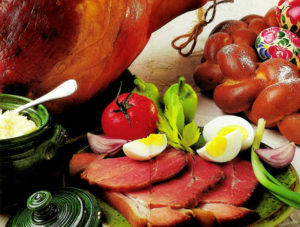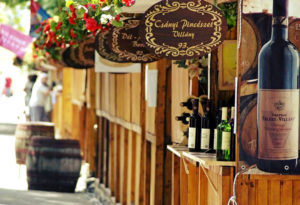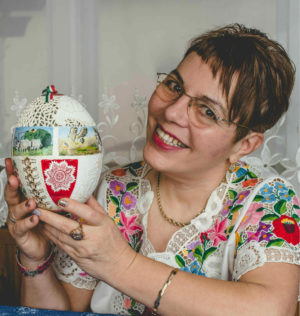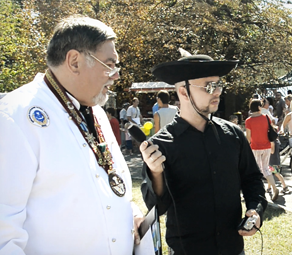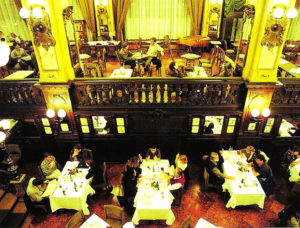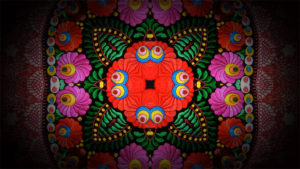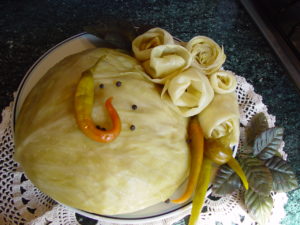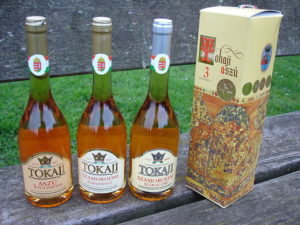This is the lace Halas!
Unique in the world since 1902…
Mysteriously beautiful…
Elegant and magnificent…
Its value rivals with the gold’s…
Won dozens of international exhibitions’ blue ribbons…
Given to royal people as the present of Hungarian state…
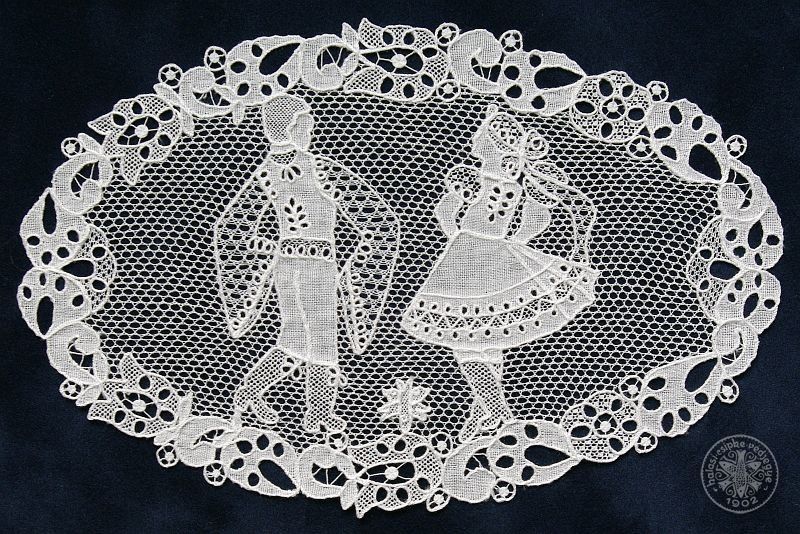
Since then the seam of the Halasi lace, and the preserve of the period patterns are became inseparable from the name of Kiskunhalas.
What makes the Halasi lace so unique in the world, and as valuable as gold?
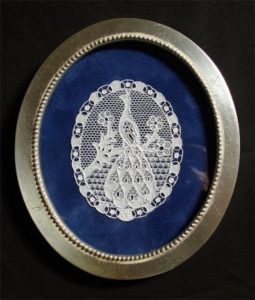
The Halasi lace, trademarked by three fishes, one top of the other, has won the international exhibitions’ blue ribbon several times, and has beaten other European laces with bigger traditions more than once.
During the last 107 years more personalities has given as present the Halasi lace from the Hungarian state. For example Alice Roosewelt, king Umberto, Charles I of Austria and Queen Zita, Juliana Dutch queen. In 1996 Pope John Paul II, in 2000 Hitachi the Japanese duchess, in 2004 Queen Elisabeth II, in the recent past Laura Bush, the Jordanian queen, as well as the wife of the presidents of republic of Lebanon, Cyprus, Austria, and Czech Republic.
Nowadays the Halasi lace is still one of the most elegant decorations of the homes and dresses around the world.
The Halasi laces mounted into sterling silvers by goldsmiths and industrial artists are worthy accessories of the luxurious necklaces, the enchanting hair ornaments. The Halasi laces are for sale in available prices, and because their design is following the trends, it is suitable for every age group; everybody can wear them with good taste.
The interior furnishings’ unique parts are the elegant silver mounted Halasi laces, which are special decorations of the trays, tables, or even the walls.
The century old story of the Halasi lace can be seen in the permanent exhibition of the Csipkeház (Lace house), where the visitor can glance into the work of the lace sewers, can admire the procedure, where the plan of the lace, the former dream of Mr. Dékáni is comes alive in our days.
Csipkeház-Csipkemúzeum
H-6400 Kiskunhalas
Kossuth str. 37/a







